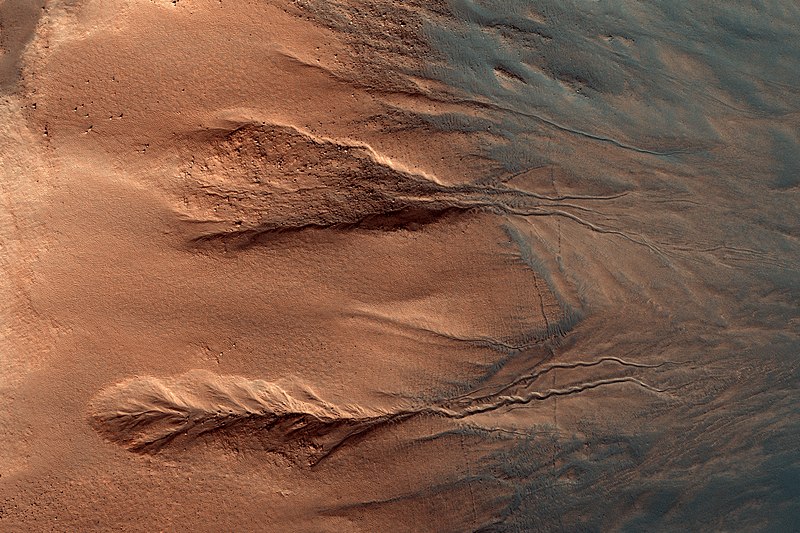Файл:PIA11178 - The Contrasting Colors of Crater Dunes and Gullies.jpg

Размер на този преглед: 800 × 533 пиксела. Други разделителни способности: 320 × 213 пиксела | 640 × 427 пиксела | 1024 × 683 пиксела | 1280 × 853 пиксела | 2560 × 1707 пиксела | 4500 × 3000 пиксела.
Оригинален файл (4500 × 3000 пиксела, големина на файла: 15,71 МБ, MIME-тип: image/jpeg)
История на файла
Избирането на дата/час ще покаже как е изглеждал файлът към онзи момент.
| Дата/Час | Миникартинка | Размер | Потребител | Коментар | |
|---|---|---|---|---|---|
| текуща | 17:26, 7 януари 2019 |  | 4500 × 3000 (15,71 МБ) | Kesäperuna | 100% JPEG quality from full quality TIFF. |
| 21:11, 3 февруари 2017 |  | 4500 × 3000 (2,3 МБ) | PhilipTerryGraham | User created page with UploadWizard |
Използване на файла
Следната страница използва следния файл:
Глобално използване на файл
Този файл се използва от следните други уикита:
- Употреба в en.wikipedia.org
- Употреба в fr.wikipedia.org
- Употреба в incubator.wikimedia.org
- Употреба в nl.wikipedia.org
- Употреба в sk.wikipedia.org




